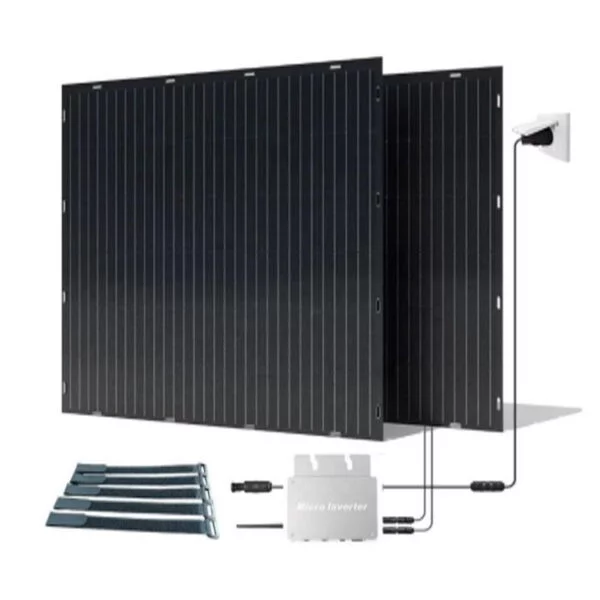HOT PRODUCT
Product Details
the Impact Of Amorphous Flexible Solar Panels On Pollution Reduction
Title: The Impact of Amorphous Flexible Solar Panels on Pollution Reduction
Introduction:
In recent years, the global community has become increasingly focused on combatting climate change and reducing pollution. The advent of renewable energy technologies has provided us with a promising solution to address these environmental challenges. Amorphous flexible solar panels stand out as a cutting-edge innovation that offers significant potential to contribute to pollution reduction. This article explores the impact of amorphous flexible solar panels and how they can help mitigate environmental pollution.
1. Definition and Working Principle of Amorphous Flexible Solar Panels:
Amorphous flexible solar panels are thin, lightweight, and flexible photovoltaic modules. Unlike traditional crystalline solar panels, amorphous panels are composed of a thin film of silicon deposited on a flexible substrate, allowing for greater efficiency and versatility. The panels work by converting sunlight into electricity through the photovoltaic effect, generating clean, renewable energy.
2. Reduced Manufacturing Pollution:

One notable advantage of amorphous flexible solar panels lies in their low energy requirements during the manufacturing process. Unlike crystalline panels, their production does not involve high-energy processes, such as wafer cutting or cell soldering. Consequently, amorphous flexible solar panels have a lower carbon footprint and generate significantly less manufacturing-related pollution, including greenhouse gas emissions, compared to their crystalline counterparts.
3. Minimal Resource Consumption:
Amorphous flexible solar panels also exhibit an advantageous feature – they require fewer raw materials during production. The silicon film used in these panels is substantially thinner than that of crystalline panels, resulting in reduced material consumption. By conserving resources, amorphous panels help minimize extraction-related pollution and decrease the overall environmental impact of solar energy infrastructure.
4. Enhanced Energy Efficiency:
The innovative design of amorphous flexible solar panels allows them to perform efficiently, even in various lighting conditions. These panels can harvest energy from both direct and indirect sunlight, which means they continue to generate electricity even on cloudy or overcast days. With their improved energy efficiency, amorphous panels enable a higher power density per unit area, maximizing energy output while using less space. This efficiency enhancement facilitates the broader adoption of solar energy as a clean power source.
5. Versatility and Wide Range of Applications:

Beyond their reduced impact on pollution, amorphous flexible solar panels offer versatility in terms of application. Their unique characteristics and adaptability enable them to be integrated into various surfaces, including curved or uneven ones. This flexibility extends the opportunities for solar capability integration into existing structures, such as buildings, vehicles, and wearable devices. By integrating solar panels into urban architecture or consumer products, amorphous flexible panels promote sustainable energy generation, reducing the reliance on traditional power sources.
6. Towards a Greener Future:
The adoption of amorphous flexible solar panels represents a significant step towards achieving a greener future. By reducing manufacturing pollution, conserving resources, and enhancing energy efficiency, these panels contribute to the overall reduction of pollution levels. The versatility and wide range of applications make amorphous panels an appealing solution for generating clean energy in diverse settings, leading us closer to a sustainable and low-carbon society.
Conclusion:
Amorphous flexible solar panels are more than just a technological breakthrough; they offer a practical way to address environmental concerns. By reducing manufacturing pollution, conserving resources, and increasing energy efficiency, these versatile panels have a profound impact on pollution reduction. As we continue to embrace renewable energy solutions, amorphous flexible solar panels are poised to play a crucial role in our transition towards a cleaner and more sustainable future.




